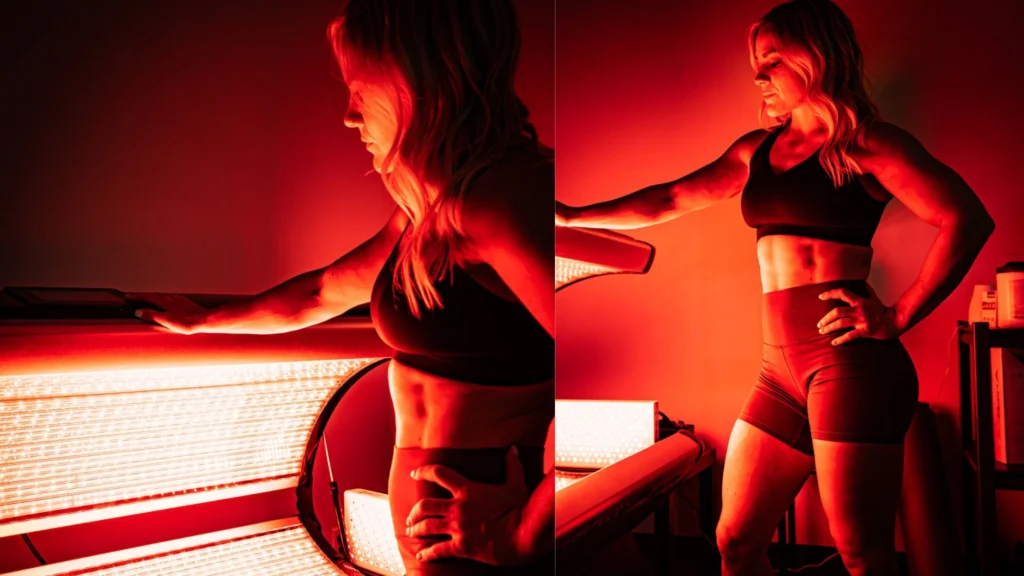Red eyes affect millions of people daily. Poor lighting choices in your home can worsen this common condition. The right lighting setup can help minimize eye strain and reduce redness.
Connection Between Lighting and Red Eyes
Lighting at home can influence how your eyes respond throughout the day. Harsh fluorescent bulbs create glare that forces the eyes to work harder, which can contribute to dryness and discomfort. Conversely, dim lighting encourages squinting and reduces blink frequency, which can affect tear film stability and overall eye comfort.
The type and intensity of lighting also impact natural sleep patterns. Blue light from LEDs can interfere with melatonin production, influencing both sleep quality and eye moisture. When eyes do not receive adequate rest, they may experience increased irritation and redness, highlighting the connection between lighting, rest, and visual comfort.
Choose Warm Light Over Cool Light
Warm light can create a more comfortable environment for your eyes because it contains fewer blue wavelengths, which are more likely to cause strain. Light in the 2700K to 3000K range mimics the natural glow of sunset, providing a softer visual experience. Choosing bulbs labeled “soft white” or “warm white” can help reduce harsh glare and create a gentler atmosphere, making it easier for red eyes to feel more relaxed throughout the day.
Position Your Lights Strategically
Light placement has a greater influence on eye comfort than brightness alone. Overhead lighting can cast harsh shadows on your face, causing your eyes to adjust constantly to varying light levels. Incorporating side lighting and ambient sources helps create a more even visual environment, reducing strain throughout the day.
Distributing light across multiple sources rather than relying on a single bright fixture improves overall illumination. Table lamps, floor lamps, and wall sconces spread light evenly, minimizing contrast between bright and dark areas. Positioning reading lights behind your shoulder can further limit glare on books or screens, supporting a more comfortable visual experience.
Manage Screen Lighting Properly
Computer and TV screens can contribute to eye redness when their brightness contrasts sharply with the room lighting. Bright screens in dark environments make pupils adjust continuously, which can increase strain and discomfort. Taking breaks to focus on distant objects helps relax the eyes, and adjusting screen color temperature in the evening reduces exposure to blue light, supporting more comfortable viewing over time.
Create Comfortable Task Lighting
Different activities benefit from tailored lighting approaches. Reading requires focused illumination that minimizes shadows on the page, while cooking benefits from bright, even light to support accuracy and safety. Tasks that demand precision, such as crafting or art, may be easier with adjustable lighting that adapts to changing needs.
Targeted lighting solutions help reduce eye strain during specific activities. Under-cabinet lights in the kitchen limit shadows on work surfaces, and adjustable desk lamps provide focused light for reading or writing. Track lighting or task-specific fixtures can support detailed hobbies, allowing the eyes to work comfortably without unnecessary fatigue.
Take Action for Better Eye Health
Your lighting choices influence both eye comfort and overall visual well-being. Warmer bulbs and multiple light sources can create softer, more even illumination, reducing glare and harsh shadows. Strategic placement helps the eyes adjust more naturally to varying light levels. If redness persists despite these adjustments, an eye examination may help identify underlying issues that benefit from professional attention.

